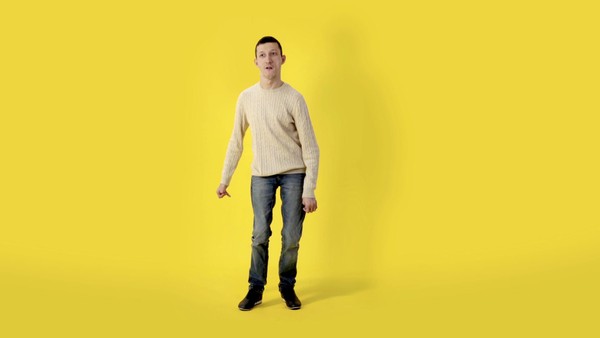Direct > Direct: Sectors
THISABLES
McCANN , Tel Aviv / IKEA / 2019
Awards:

Overview
Credits
Overview
Why is this work relevant for Direct?
This case is as direct as it gets: identifying an audience, deeply understanding them, with a targeted message to elicit a direct response, driving business results. But this idea goes far beyond a campaign: we used our understanding to build a set of products to meet the day-to-day needs of our audience of people living with motor disabilities, made on demand, responding to their interest. We understood that while the rules of direct marketing are to single people out, what this audience really wanted was to be part of IKEA just like everyone else.
Background
A tenth of the world suffers from serious motor disabilities. Those are 1 in 10 people who not only fight to live normally outside, but struggle with the most basic home activities. 1 in 10 people who struggle with everyday things we take for granted: turning on the light, opening a closet, or getting up from the couch. IKEA’s couch too, unfortunately.
1 in 10 people who pay twice as much for special needs furniture, ugly by design that is a reminder that they are not like everyone else.
So, if IKEA’s mission is “creating a better life for as many people as possible”, we knew we had to do better and take disability into consideration - changing their reality for the better.
From there, the brief was straightforward:
1. Tap into the market of people living with disability by convincing them IKEA can offer simple, user friendly special needs design solutions.
2. Communicate and promote the solution to the specific audience of people living with disabilities and lead them to take action, download the add-ons and buy our products.
Describe the creative idea
This insight shaped our approach: rather than design a new line of special-needs furniture, we would hack our existing range with a range of add-ons to make our most accessible products accessible.
ThisAbles project hacks the iconic home-furniture giving access to IKEA’s design and simplicity in an affordable and easily accessible format: using 3D printed, open-source designs: sofa elevating-legs for easier ascent, lamp button-enlargement, super-zipper for pillows-covers.
We made the add-ons available in store and online to download free and 3D print. Each add-on was essentially a call to action sending users to buy one of the specific iconic products in store or on IKEA webpage.
Describe the strategy
How could we tap into the market of people with special needs and reach such a niche audience? By listening to the insights coming from the community, we have found out what people with disability truly want – to be part of the mainstream, not singled-out as being different. They wanted to enjoy what the same things everyone else did, including furniture.
Describe the execution
In order to truly meet the needs of our target audience, and to drive an effective response - we decided to bring their input into the project. During a one-week hackathon, hosting our product engineers, designers, accessibility experts and psychologists, we created a range of add-ons that can be used with IKEA’s most iconic products, each solving a different accessibility problem.
The project is open-source and continues to grow with new designs, based on the insights coming from users themselves, adding new add-ons every month.
Rather than a traditional targeted brand campaign, that would single them out, we launched the idea within the community by using social media influencers who suffer from disabilities to promote it. We told real human stories, of persons living with disability and the benefits the add-ons can bring.
List the results
The response rate within the special needs target audience was off the charts: what started in Israel, became a global solution through our online platform. More than 45,000 people from 127 countries visited our website and downloaded the add-ons. We also drove a 1500% traffic increase to the websites of our partners - non-profit accessibility organizations. Finally, this led to a 28,5% traffic increase on the IKEA website, bringing 280,000 unique visitors more than last year’s campaign.
Most importantly, we met our business target in 2 critical engagement points: the sales of the supported products grew by 37% in volume, while the overall revenue grew by 33% versus the same period in 2018.
Finally, the global access to IKEA retail footprint turned ThisAbles into the biggest global platform for people with disabilities
More Entries from Consumer Durables in Direct
24 items
More Entries from McCANN
24 items

